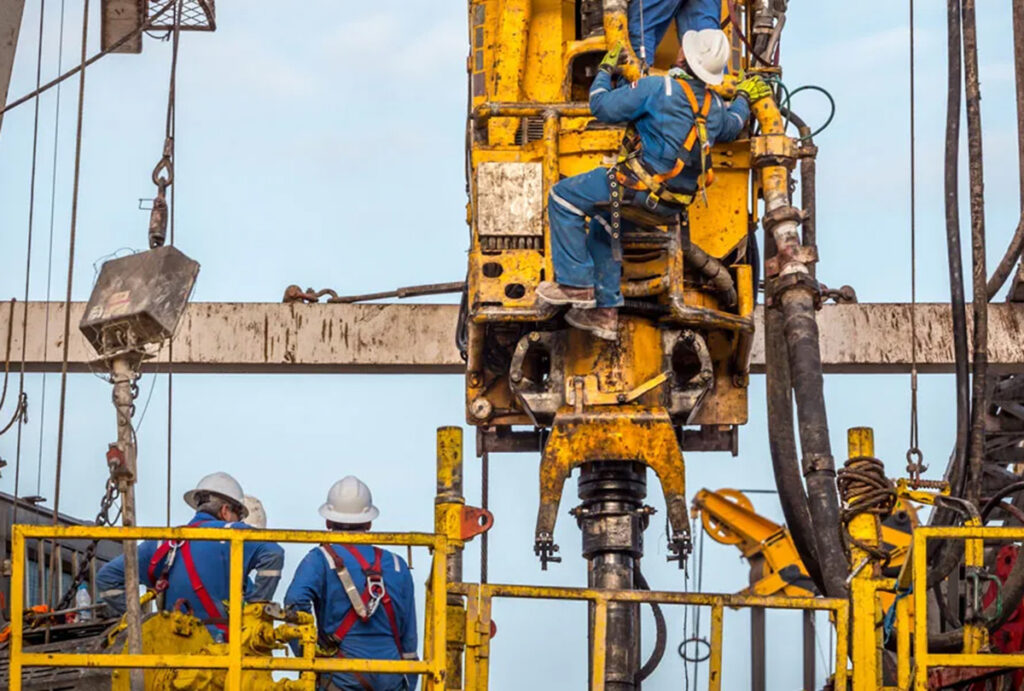By: Kenneth P. Green

In a surprising turn, the Houston government in Nova Scotia recently lifted provincial bans on the production of uranium and the use of hydraulic fracturing (a.k.a. fracking) to produce oil and gas in the province.
According to Premier Tim Houston, in light of the “economic challenges we face right now as a country and as a province, it’s time to pull every lever that we have. We’re rich in resources and we can develop them safely, so it’s time to have that discussion and move forward.” He added that as “projects come forward, there will be extensive reviews, consultation. The process will be followed. Having just a blanket ban—that’s lazy policy.”
And Premier Houston is absolutely right. As shown in a series of studies published by the Fraser Institute, while hydraulic fracturing does pose some environmental threats—most notably, the stimulation of small tremors and potential impacts on groundwater contamination or overuse—there are already well-developed technologies and production methods that mitigate those risks. The latest such study confirmed this outlook, specifically with regard to the potential risks of hydraulic fracturing in Atlantic Canada and the potential benefits (investment, job creation, economic activity and opportunity, government revenue, etc.).
Premier Houston is also right in seeing potential economic and self-sufficiency gains for Nova Scotia where unconventional natural gas resources primarily reside in a geologic formation named Horton Bluff. A 2014 report from the Library of Parliament reported that between 2007 and 2008 several exploratory wells were drilled in the Horton Bluff tight gas formation, leading to an estimate of a potential reservoir of up to 69 trillion cubic feet (Tcf) of shale gas. At current market prices for natural gas, this reserve would represent a long-term potential market value of about $190 billion.
Nova Scotia is not the only province in Atlantic Canada that could benefit from the removal of bans on hydraulic fracturing. New Brunswick’s Frederick Brook shale formation holds an estimated 67-80 Tcf of natural gas. At market prices for natural gas (at time of writing for the Fraser Institute study), this reserve would represent a market value of $186 billion to $221 billion. Newfoundland and Labrador is also known to have oil and gas potential in its Green Point shale formation—however, that potential has not been quantified or defined in any publicly available documents (and cannot be, while moratoria are in place).
Indeed, as with previous reviews of the literature regarding the risks and benefits of hydraulic fracturing in Canada, the latest study finds that while the risks of hydraulic fracturing are real, they are manageable with existing technology and engineering practise. To that end, Premier Houston might note that monitoring of air and water quality and induced seismicity in areas engaging in hydraulic fracturing may need to be increased, and exposure notification systems strengthened to ensure that nearby populations can manage their risk exposures from hydraulic fracturing operations. But neither of these cautionary requirements should stop oil and gas production via hydraulic fracturing.
Nova Scotia and the other Atlantic provinces with oil and gas potential would benefit from the economic potential locked under their lands by ending moratoria put in place over a decade ago. Premier Houston’s brave steps to end the moratorium in Nova Scotia should be an example to others, in Atlantic Canada and beyond.
Share This:





 CDN NEWS |
CDN NEWS |  US NEWS
US NEWS 




























